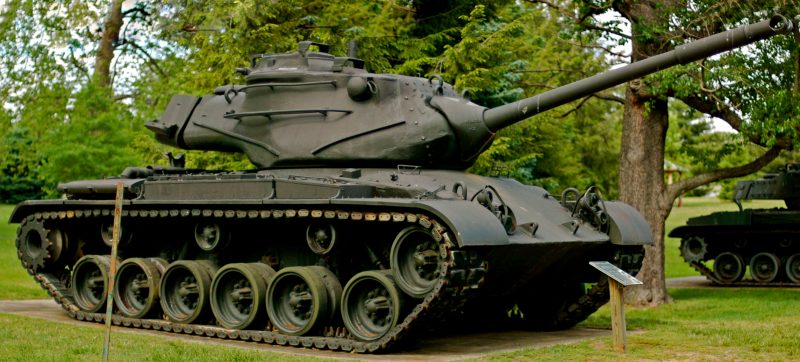The Second World War solidified the position of tanks as a vital tool in the modern military arsenal. And so, over the course the Cold War, the United States fielded a wide range of tanks.
M24 Chaffee
Commissioned to replace the M3/M5 Stuart, the M24 was created in 1943 to counter increasingly heavy German tanks. It was named the Chaffee after General Adna R. Chaffee, a pioneer of US armored warfare who had died in 1941, just missing the conflict in which his field would reach maturity.
With its twin Cadillac engines and its 75mm gun, it was a reliable, hard-hitting machine suited to the final stages of the Second World War. It arrived in Europe in 1944 but didn’t make a big impact in WWII.
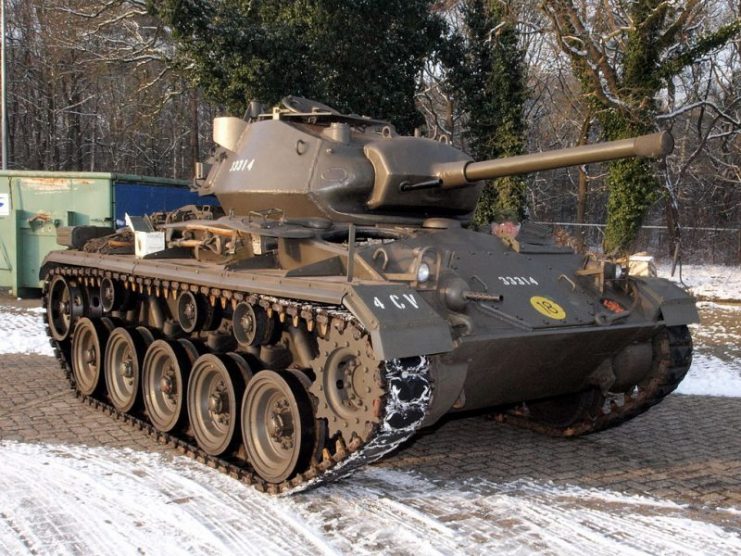
The Chaffee made its name in the Korean War, where it proved to be an effective fighting machine. It was supplied to several countries as military aid. The US used it up until the early 1950s, but it was still in use elsewhere at the end of the 1970s.
M26 Pershing
Another product of WWII, the Pershing was a heavy tank designed to take on the very best German technology. Its thick armor and 90mm gun made it a worthy opponent for the Panzer forces with their famous 88mm guns, but political disputes within the military kept it from reaching the front until the final months of the war.
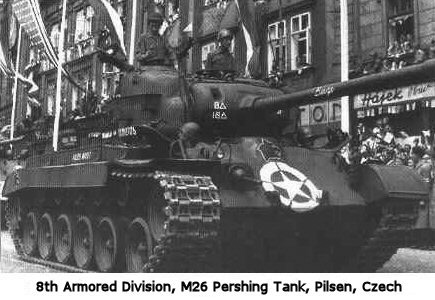
Like the Chaffee, the Pershing saw more extensive use in the Korean War. But its limitations in dealing with difficult terrain became evident, and so it was phased out in the early 1950s and replaced by more modern machines.
M41 Walker Bulldog
During the Second World War, tanks had been designed without a specific engine in mind. The vehicle was created and a suitable engine then found. Without the pressure of the war, designers had time to take a different approach, designing tanks around specific engines. The M41 was one of the first.
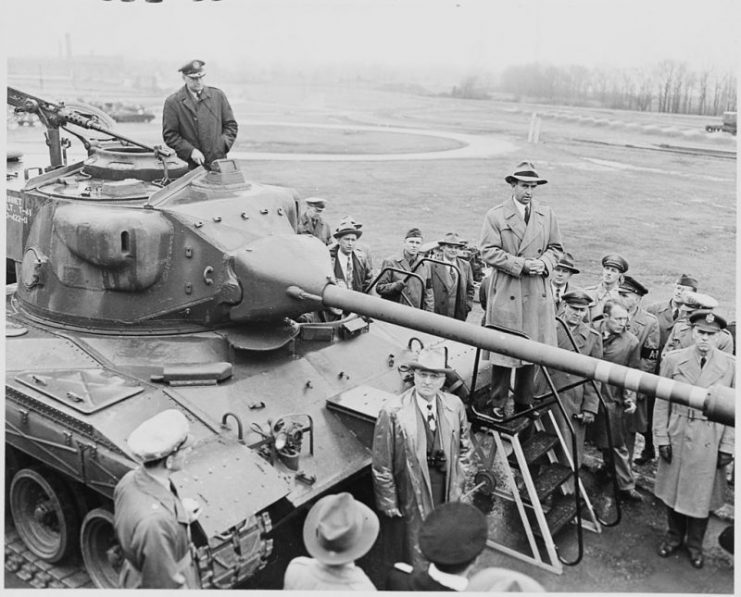
The M41 was a light tank designed to take the place of the Chaffee. Its horizontally-opposed six-cylinder engine was small and highly efficient. Its 76mm gun came with an innovative fume extractor to keep gasses out of the turret and a muzzle brake to reduce recoil.
M47 Patton
The post-war period was one of serious change for American tanks. The Army sought to develop a completely new range of vehicles using new technology and lessons learned from the war.
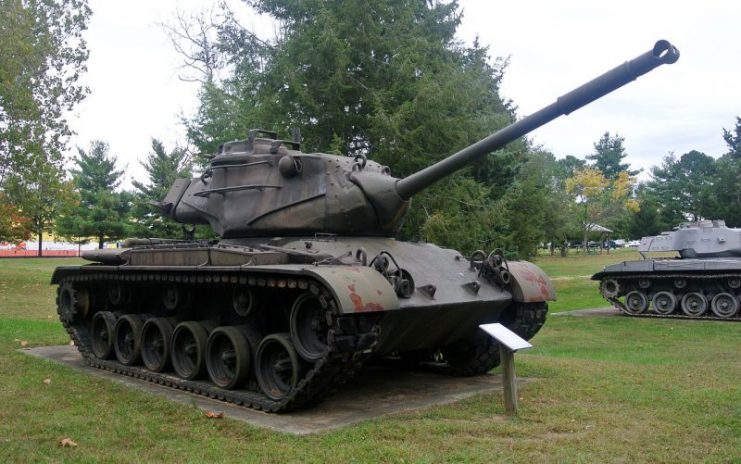
As part of this, designers worked on a medium tank designated the T42. By the time the Korean War increased the urgency of demands for new weapons, the T42’s turret had been developed.
A hasty piece of redesign work saw this fitted onto the body of the M46, itself an M26 with a better engine, to form the M47. It was the first in a series of tanks named after General Patton, one of the boldest tank commanders of WWII.
M48 Patton
The M47 was only ever intended as a stopgap measure. While it was rushing to Korea, work was already underway on its replacement – the M48.
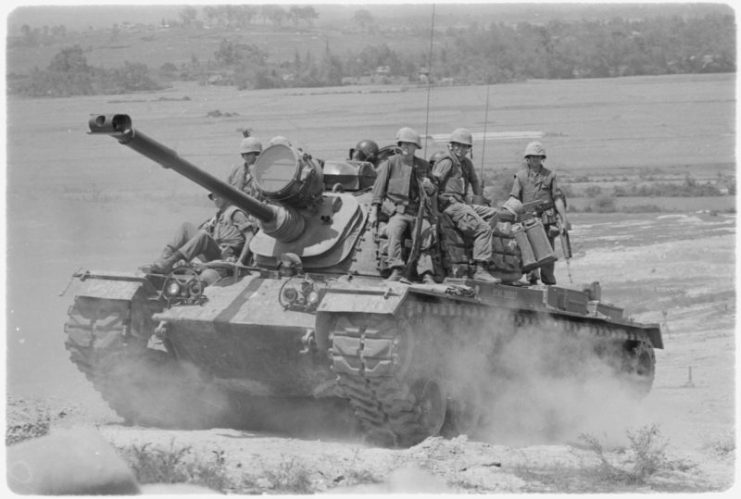
The M48 was full of mechanical innovations: new transmission, new air-cooled diesel engine, new fire control systems. It was usually equipped with a 90mm gun, though a later variant carried a 105mm one.
The M48 was widely used in Vietnam by the Americans, who kept using it through to actions in Somalia in the 1990s. It was also widely exported and has seen action in the 21st century.
M60 Patton
Produced from 1959, the M60 combined the core elements of the M48 with an improved engine and an American version of the British 105mm L7 tank gun.
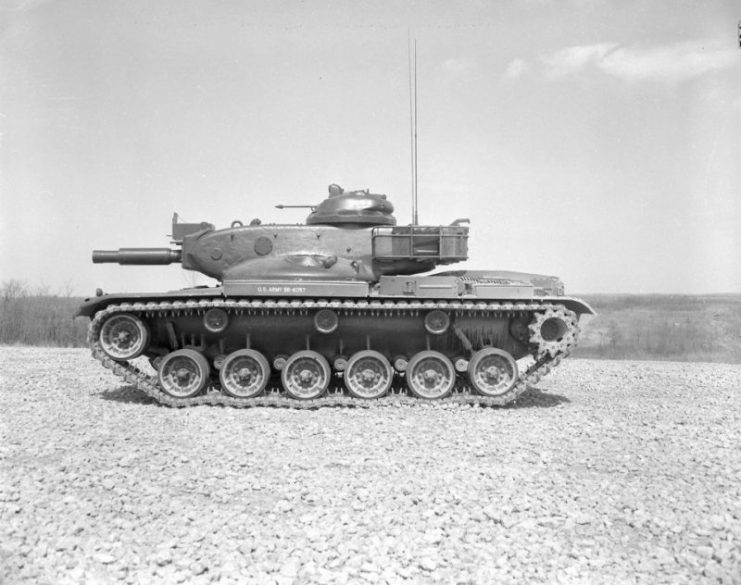
It became one of the leading American tanks of the Cold War, widely used by the US Army and exported to many of its allies. Production continued until 1983 and the tanks remained in use for years afterward.
Though the US Army has moved on, it is still finding ways to convert or dispose of the M60s in its stores, while others remain in use around the world.
M103
Of the various tanks rushed into production for the Korean War, the M103 was one of the less successful. Intended as a heavy tank, its body was essentially an enlarged M46 and it carried a 120mm gun derived from an anti-aircraft weapon.
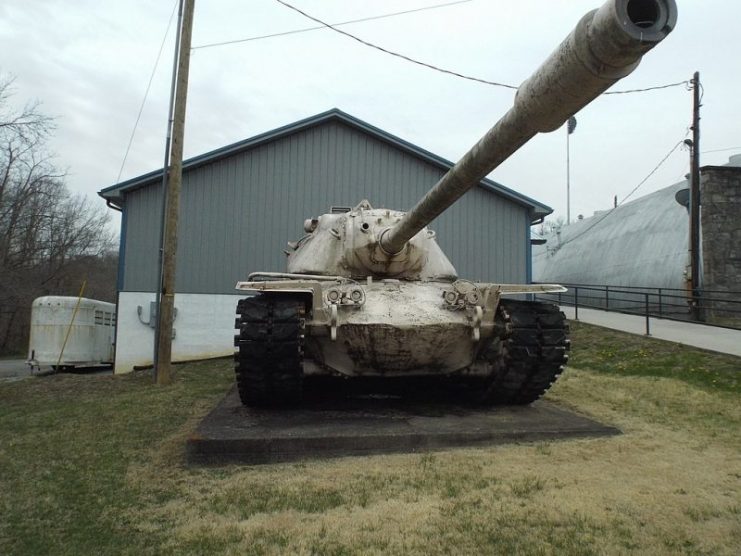
Authorized in 1950 and hurried into action by 1952, the M103 suffered from the haste with which it had been built. Many modifications were needed to make it ready for battle and it proved to be underpowered. It was used as a tank-destroyer backing up other vehicles but was soon phased out, leaving service in 1973.
M551 Sheridan
Designed to combine the roles of light tank and self-propelled anti-tank weapon, the M551 was a significant new creation. Its 152mm gun could launch anti-tank missiles as well as fire conventional ammunition, and it had an infra-red command link to control the missiles. With its aluminum hull, it was a light, hard-hitting vehicle.
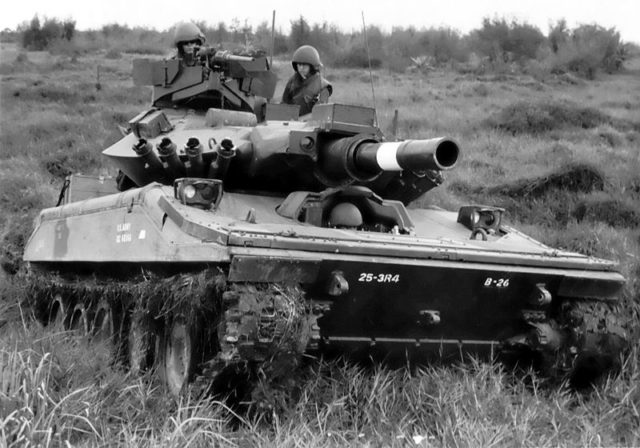
Unfortunately, the M551 was plagued by defects when it entered service in 1966. It took until 1970 to resolve all of these, resulting in an effective vehicle that served well in Vietnam. The costs associated with fixing the defects led to a congressional inquiry and closer congressional oversight of US tank development.
M1 Abrams
Following a failed US-German design collaboration of the 1960s, the Americans took their ideas from that project and used them to develop a replacement for the M60. This became the M1 Abrams, named after General Creighton Abrams, which came into action in 1980.
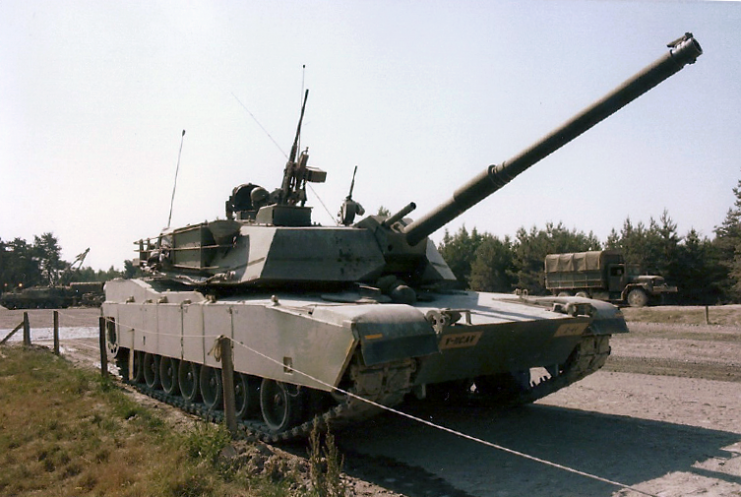
Read another story from us: M24 Chaffee “Panther Pup” in Photos
Equipped with powerful weaponry, a multifuel turbine engine, and high-tech composite armor, the Abrams was one of the leading tanks of the late Cold War and beyond. Repeated upgrades have ensured that it remains at the forefront of military technology and as a potent symbol of US military might.
